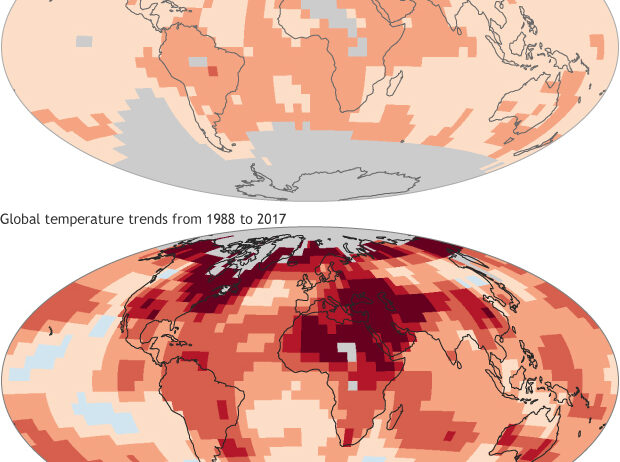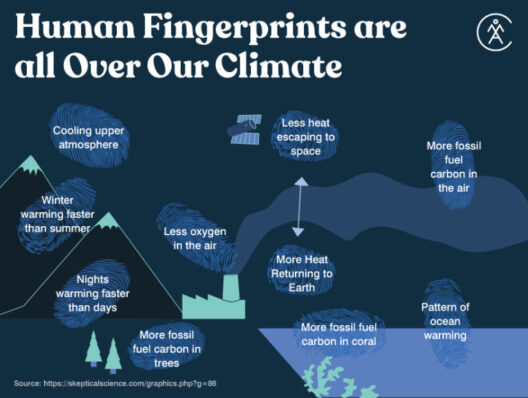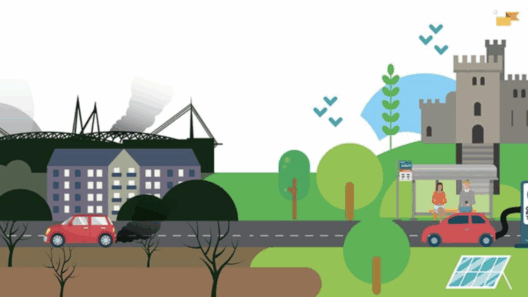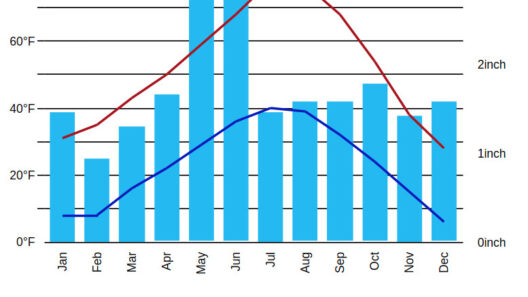The Earth’s climate is in a constant state of flux, shaped by a myriad of factors that influence global and regional weather patterns. A change in these climate patterns signifies alterations that can be either gradual or abrupt over a significant period. Such changes are primarily driven by natural phenomena, yet human activities have exacerbated their frequency and intensity. Understanding the complexities surrounding climate pattern changes is essential for addressing the ramifications they pose, both locally and globally.
When we talk about changes in global climate patterns, we refer to long-term trends that can be observed in temperature fluctuations, precipitation patterns, and seasonal weather behaviors. These shifts can lead to severe consequences, influencing not just the environment but also the socio-economic landscape. For instance, a rise in average global temperatures can lead to unprecedented weather events, including heatwaves, floods, and droughts. Conversely, regional climate changes can manifest as an alteration in specific geographic areas that experience distinct environmental conditions, further complicating what it means to experience climate change.
One cannot overlook the anthropogenic factors contributing to climate variation. Emissions of greenhouse gases (GHGs) from industrial activities, agriculture, and deforestation are significant contributors to global warming. The phenomena of the greenhouse effect, whereby carbon dioxide (CO2) and other gases trap heat in the atmosphere, is a reciprocal relationship: elevated GHG levels drive temperature increases, which in turn alter climate patterns globally. These changes create a feedback loop, where manifestations like melting ice caps and rising sea levels further exacerbate warming, leading to erratic climate behaviors.
Moreover, regional climate changes can present as more localized phenomena. For example, the alteration in precipitation patterns can lead to either an excess or a deficit of water resources in specific areas. This disparity directly affects agriculture, water supply, and ecosystems. In regions like Sub-Saharan Africa, prolonged droughts disrupt food security and lead to significant economic distress. On the other hand, areas prone to increased precipitation might experience flooding, which can devastate infrastructure and disrupt livelihoods.
Another critical aspect to consider is the interaction between climate change and extreme weather events. Changes in climatic conditions can amplify the intensity and frequency of natural disasters. Hurricanes, typhoons, and winter storms have exhibited increased severity aligned with rising ocean temperatures. Warmer waters provide more energy to storms, contributing to their destructive potential. Understanding this nexus allows policymakers and communities to develop more effective disaster preparedness and mitigation strategies.
As the climate continues to change, shifts in biodiversity are likely to be pronounced. Ecosystems are sensitive to climate variations, and species’ distributions may change as they adapt to new conditions. Some may thrive, while others could face extinction, unable to cope with changes in their habitats. For instance, coral reefs are particularly vulnerable to temperature increases, leading to widespread coral bleaching. The loss of biodiversity threatens not only the ecological balance but also the livelihoods dependent on these natural resources.
The impact of climate change extends beyond environmental degradation. Health implications are emerging as serious challenges tied to shifting climate patterns. The increase in vector-borne diseases, respiratory ailments from poor air quality, and mental health issues stemming from climate anxiety exemplify this alarming trend. Populations already vulnerable due to socio-economic challenges face heightened risks. The stark reality of these health crises necessitates comprehensive public health strategies to mitigate the collateral damage of climate disruption.
Some regions have begun to adopt proactive measures in response to changes in climate patterns. Climate adaptation strategies range from establishing sustainable agricultural practices to investing in renewable energy sources. These strategies serve to build resilience against the adverse effects of climate change while also fostering economic opportunities. Cities are re-evaluating urban planning and infrastructural designs to accommodate rising sea levels and more frequent extreme weather events. Such forward-thinking practices are critical as they can serve as a model for other regions facing similar challenges.
Simultaneously, the global community is turning its attention towards climate mitigation efforts to lessen the impact of human activities on climate change. Initiatives, such as the Paris Agreement, are fundamental in uniting nations around ambitious targets to reduce greenhouse gas emissions. It is essential to recognize that while mitigation efforts must be ramped up, adaptation strategies are equally vital, allowing regions to cope with changes that are already inevitable.
In conclusion, a change in global or regional climate patterns encapsulates a vast arena of interconnected issues that transcend geographical boundaries. The phenomena are induced by both natural and anthropogenic factors, leading to potentially catastrophic consequences. Addressing these changes requires a multi-faceted approach, integrating scientific research, policy-making, and community engagement. Only through coordinated efforts can society hope to navigate the complexities of climate change and safeguard the planet for future generations.







